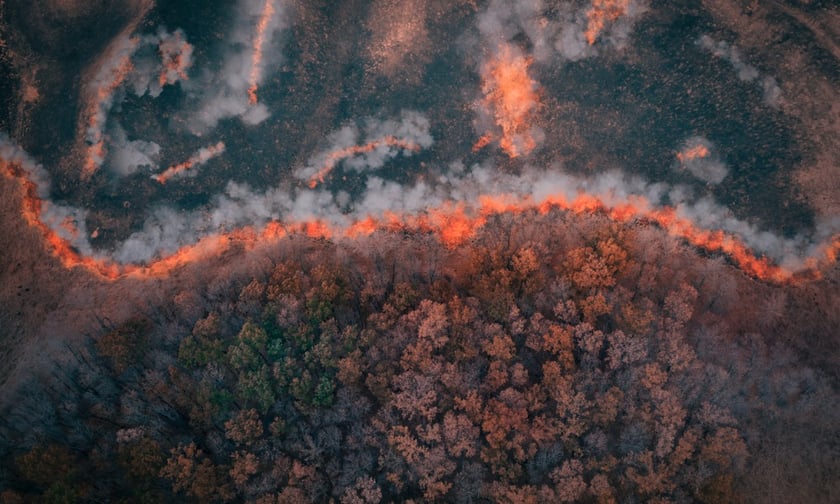

In a forthcoming summer marked by forecasts of heightened temperatures and aridity, over 560,000 buildings and structures along Australia's east coast face a significant risk of bushfire, according to a recent analysis by data and AI analytics company PointData.
The PointData Bushfire Risk Index employs AI and machine learning to overlay climate impact assessments across the east coast.
The report discloses that approximately 569,000 structures in New South Wales, Victoria, and Queensland are susceptible to bushfire events, carrying a potential rebuild cost surpassing $504 billion.
The index, while acknowledging variations in bushfire exposure measurements among jurisdictions, provides valuable insights for homeowners, insurers, and financial institutions. It aids in understanding the evolving climate's impact on property prices, development risk, and land values.
The index revealed that 284,452 buildings and structures in NSW face high to very high bushfire risk, constituting 10% of the state's total and 18.4% of all regional structures. The potential cost to rebuild these structures is estimated at $249 billion.
The top five local government areas (LGAs) with the highest risk include Hawkesbury, Shoalhaven, Tamworth, Queanbeyan-Palerang, and Snowy Monaro.
According to the index, 176,329 structures in Victoria are at a high risk of bushfire, representing 6.6% of the state's total and 16.7% of regional structures. The potential rebuild cost for these structures is approximately $144 billion.
The top five LGAs with the highest risk are Yarra Ranges, Mornington Peninsula, Nillumbik, East Gippsland, and Cardinia.
The index showed that 108,160 structures face high to very high bushfire risk, comprising 15.2% of the state's total and 8.9% of regional structures. The potential cost to rebuild these structures is estimated at $111 billion.
The top five LGAs with the highest risk include Sunshine Coast, Gold Coast, Mackay, Brisbane, and Moreton Bay.
PointData founder and CEO George Giannakodakis emphasised the persistent threat of bushfires despite a wet start to summer.
“The consequences of bushfire risk extend far beyond the immediate devastating impacts, as enduring costs are significant, with our analysis suggesting a risk of more than $504 billion to buildings and structures across New South Wales, Queensland, and Victoria this summer,” he said. “The devastating consequences of previous bushfire seasons, such as those witnessed in 2019-2020, serve as a stark reminder of the potential impact on lives, property, and the environment. Adequate planning and understanding the risk on properties and buildings are crucial components of mitigating the potential financial risk of major events.”
In another news, Shane Fitzsimmons, the former commissioner of the NSW Rural Fire Service and Resilience NSW who was responsible for helping the state through the 2019-20 Black Summer fires and the four major floods in the years that followed, urged insurers to tackle underinsurance.
